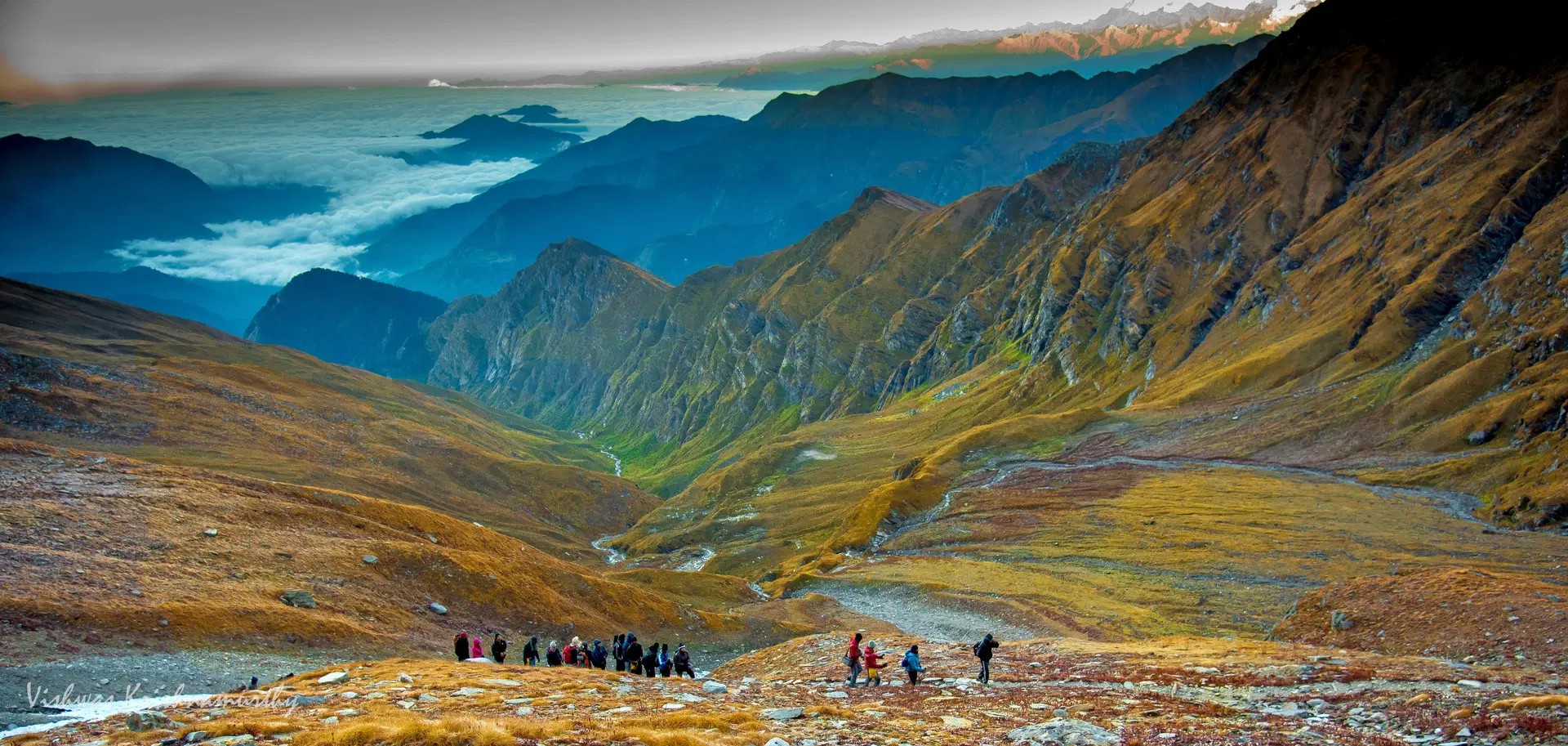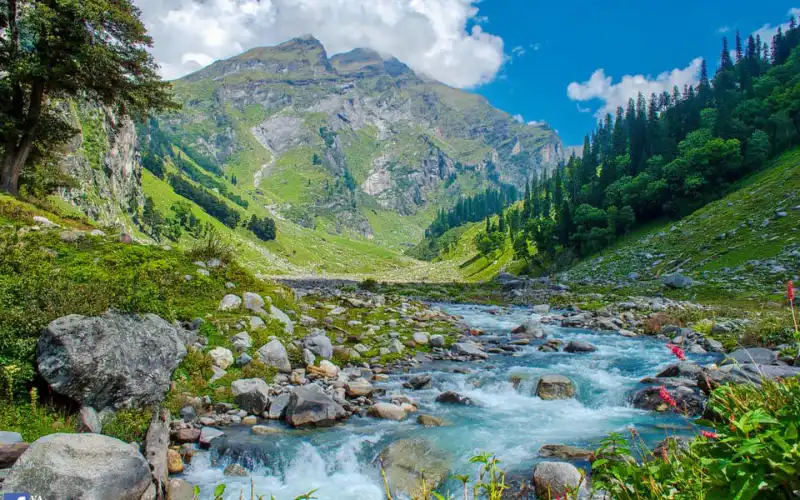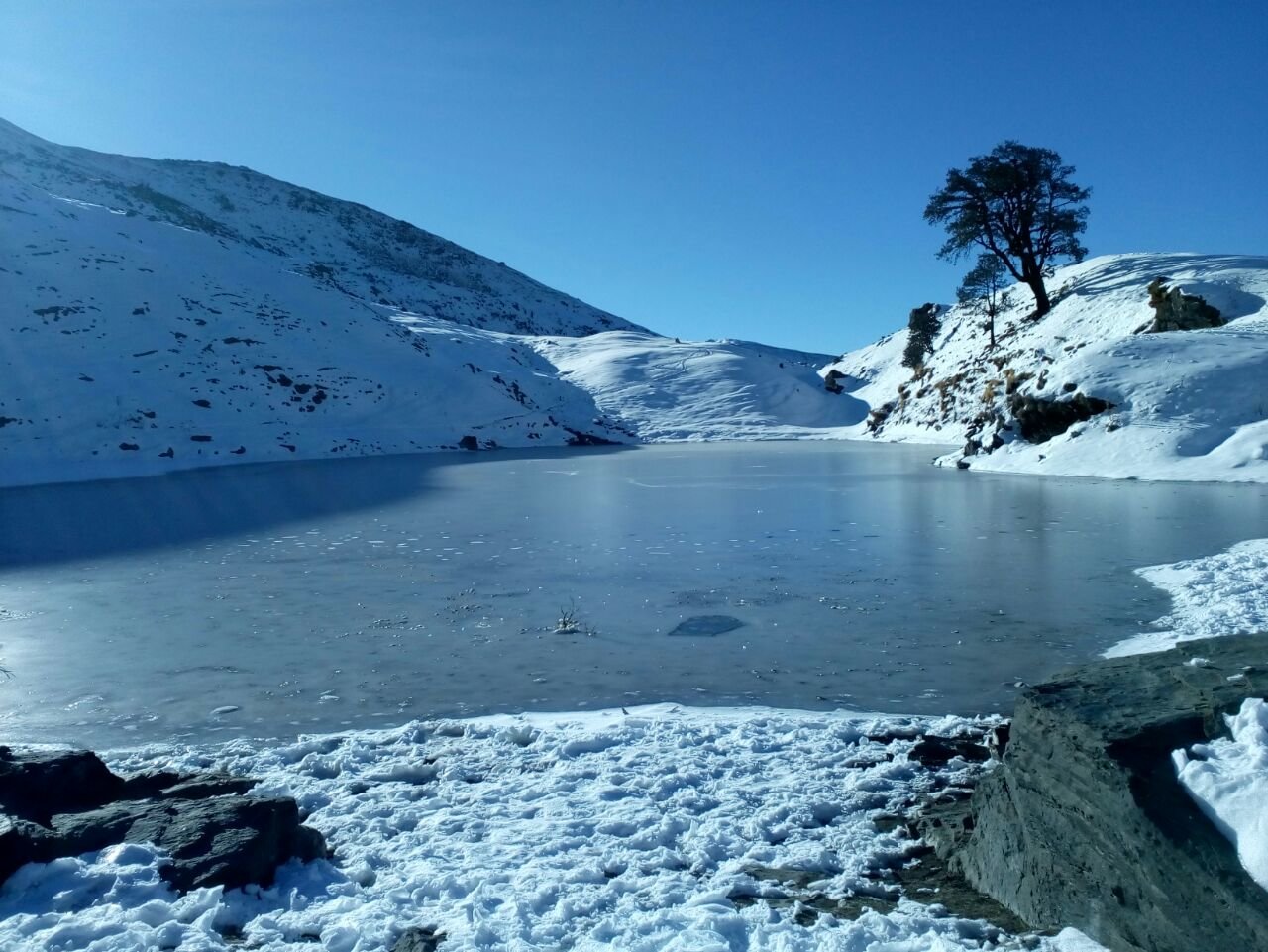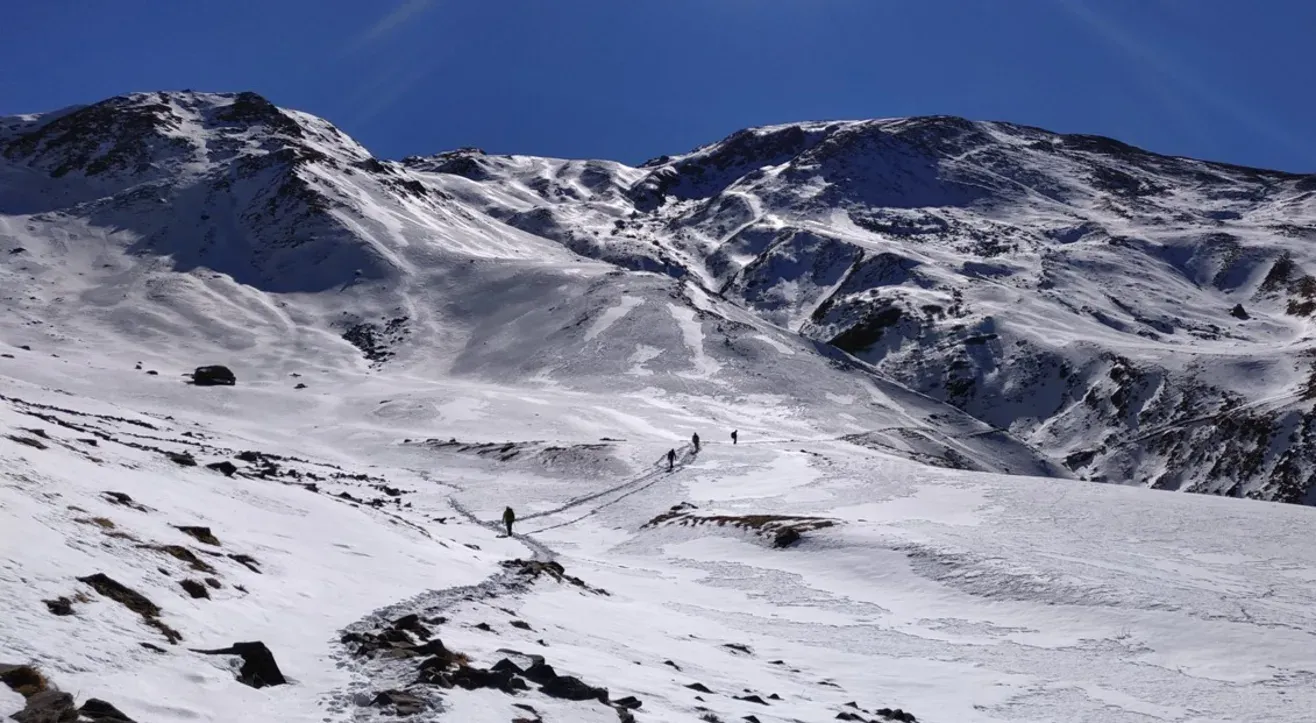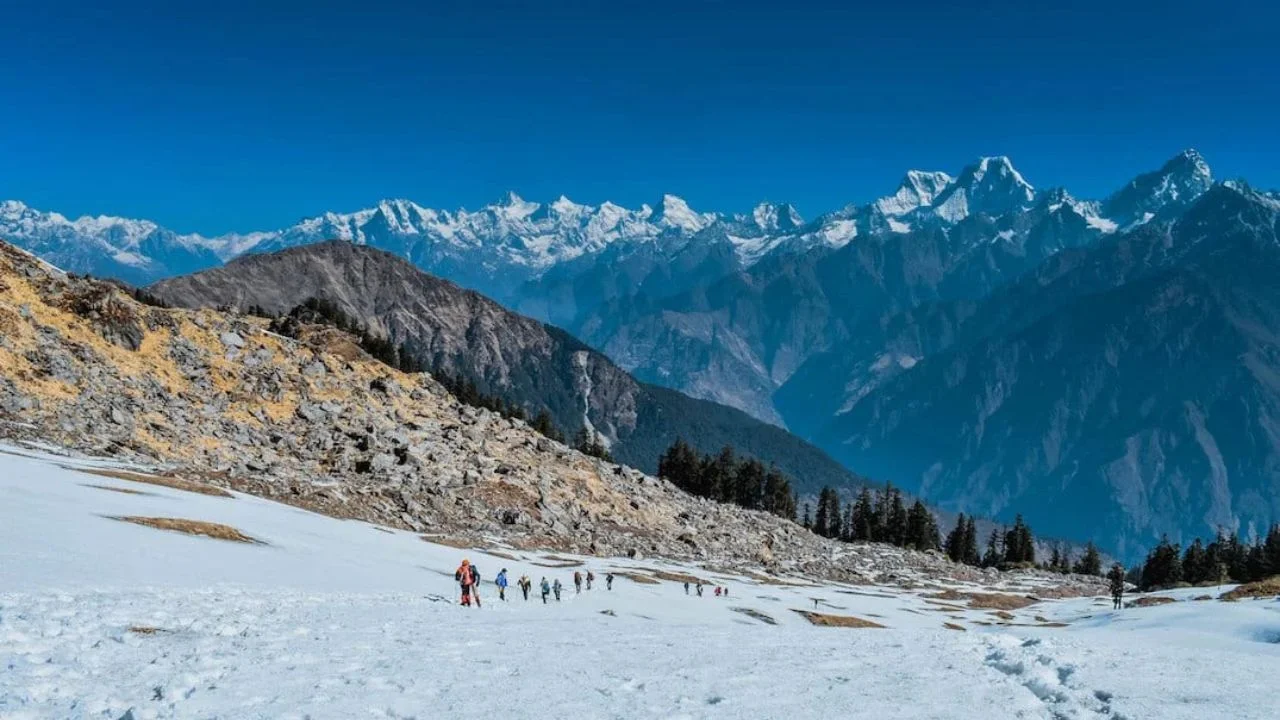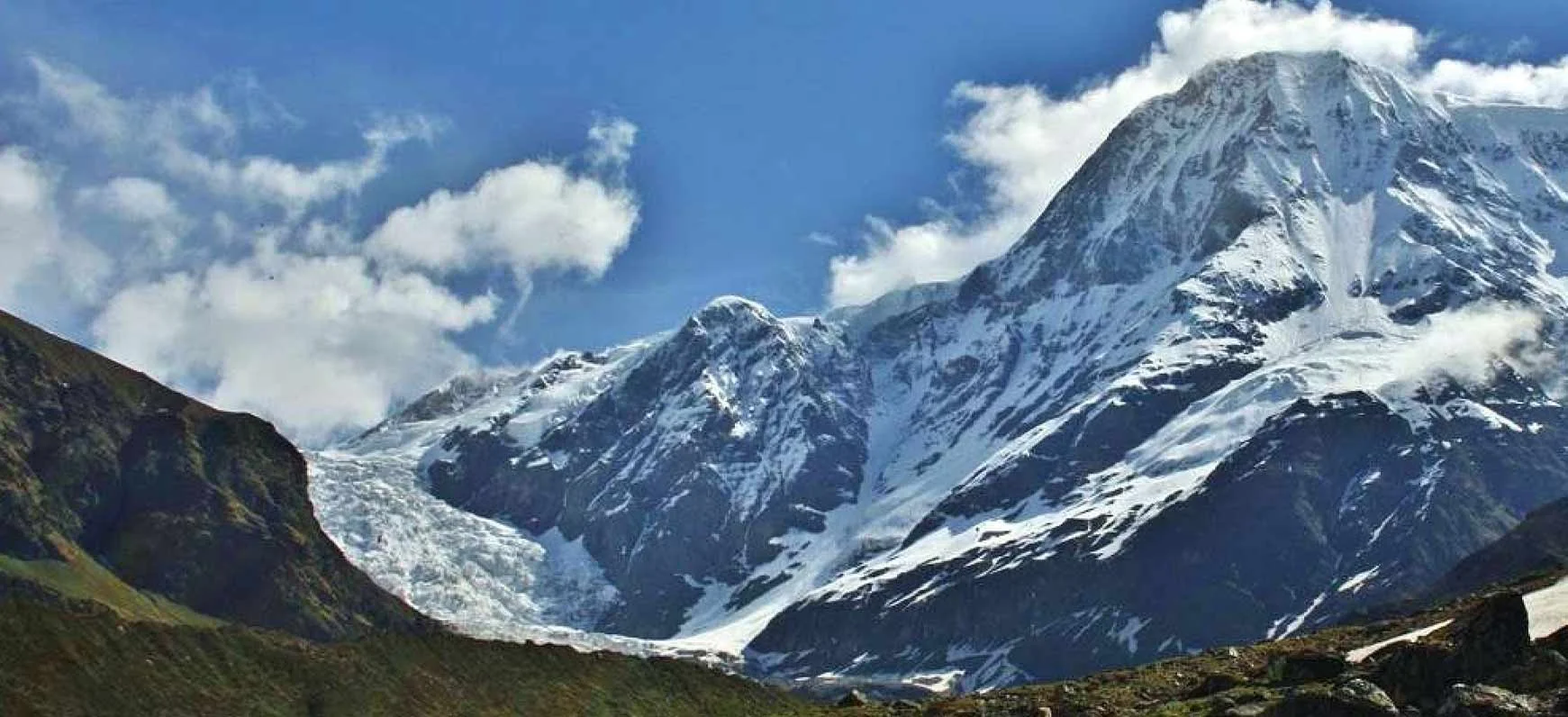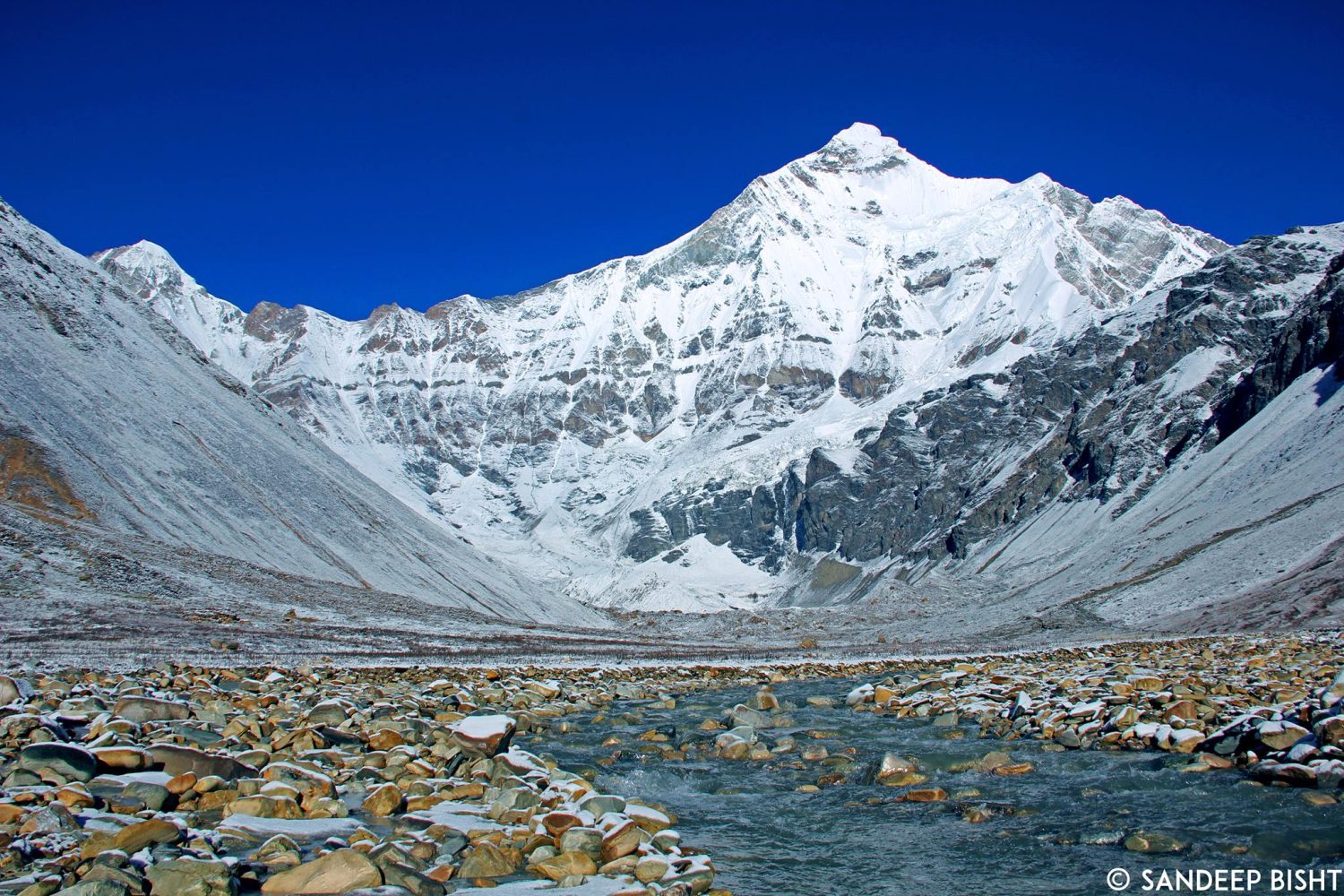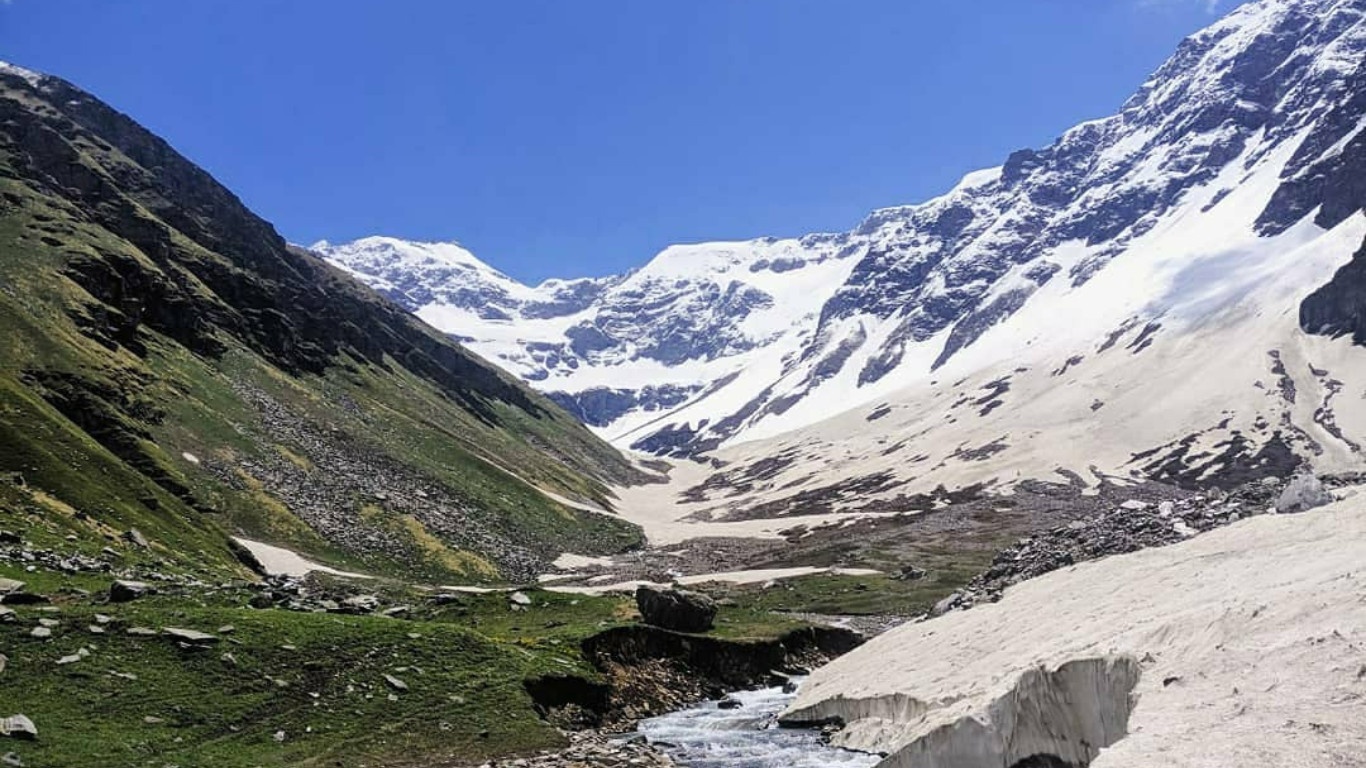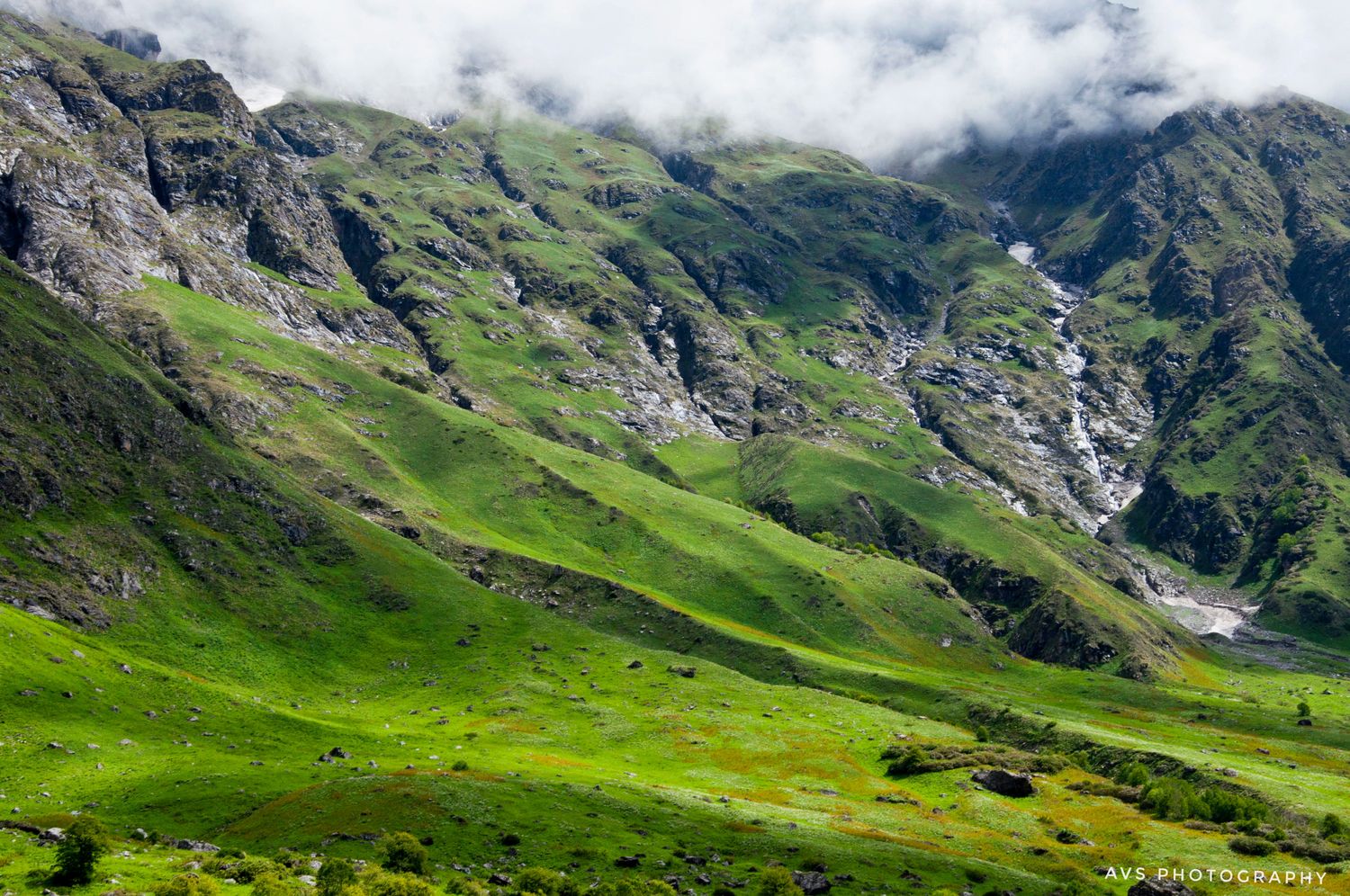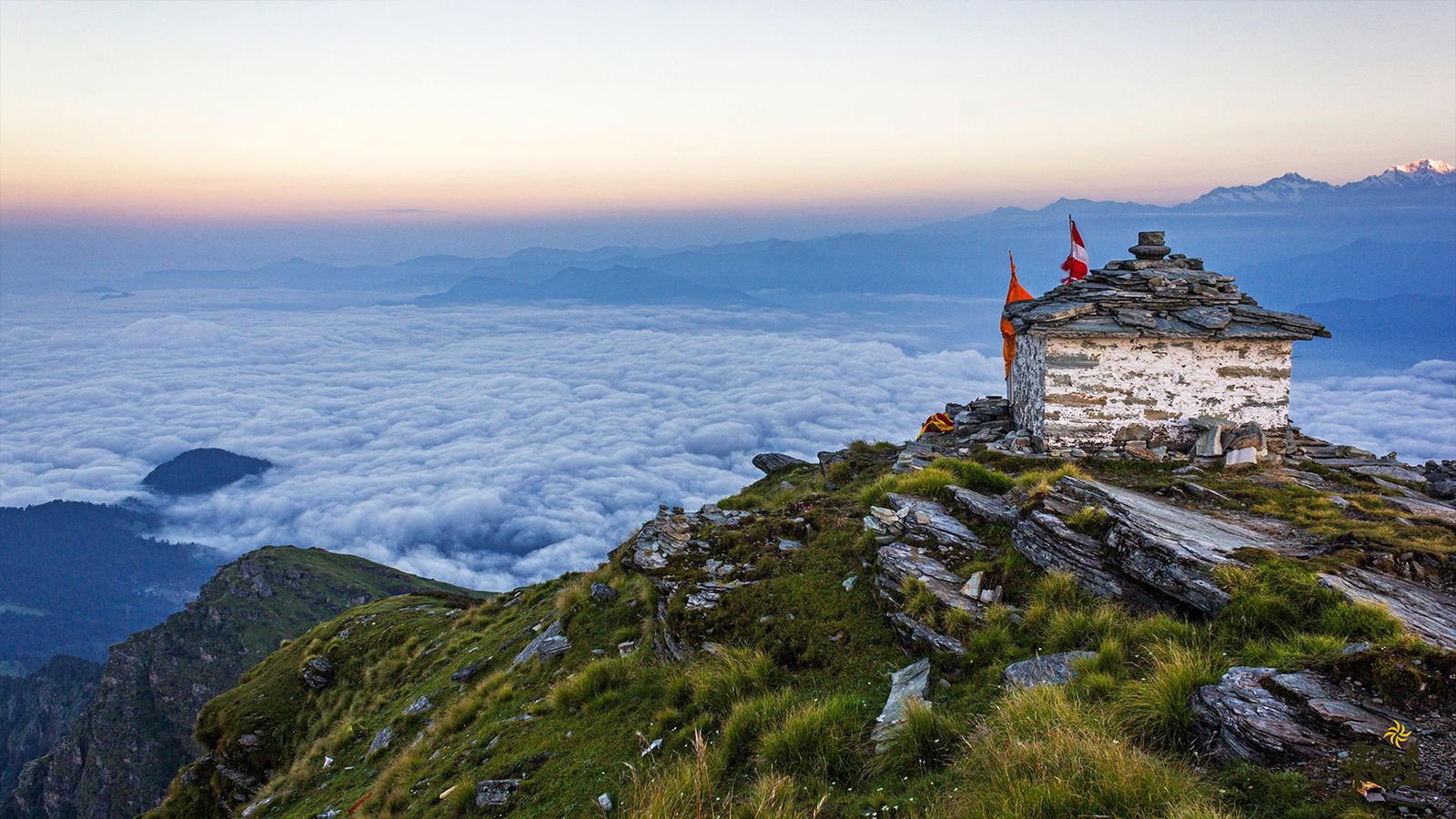Roopkund Trek: The Mystery Lake of the Himalayas
The Roopkund Trek is one of India’s most adventurous high-altitude journeys. Famous as the "Skeleton Lake Trek," Roopkund lies at an altitude of 16,499 ft, holding the skeletal remains of hundreds of people from centuries ago. Surrounded by the majestic Trishul and Nanda Ghunti peaks, the trek combines adventure, history, and breathtaking Himalayan scenery.
The Allure of Roopkund
Trekkers pass through dense oak and rhododendron forests, the rolling meadows of Bedni Bugyal and Ali Bugyal, and snow-laden trails that gradually lead to the mystical Roopkund Lake. The skeletons visible at the lake bed during snowmelt add an eerie yet fascinating charm.
Highlights of the Trek
- Panoramic views of Trishul and Nanda Ghunti
- Camping at the scenic Bedni Bugyal and Bhagwabasa
- Experiencing alpine meadows, glaciers, and ridges
- The mystery of the human skeletons at Roopkund Lake
Culture and Mythology
Local folklore connects the lake with King Jasdhaval of Kannauj, whose pilgrimage ended in tragedy. The Nanda Devi Raj Jat Yatra, held every 12 years, also follows a similar trail, adding cultural and spiritual significance to this trek.
